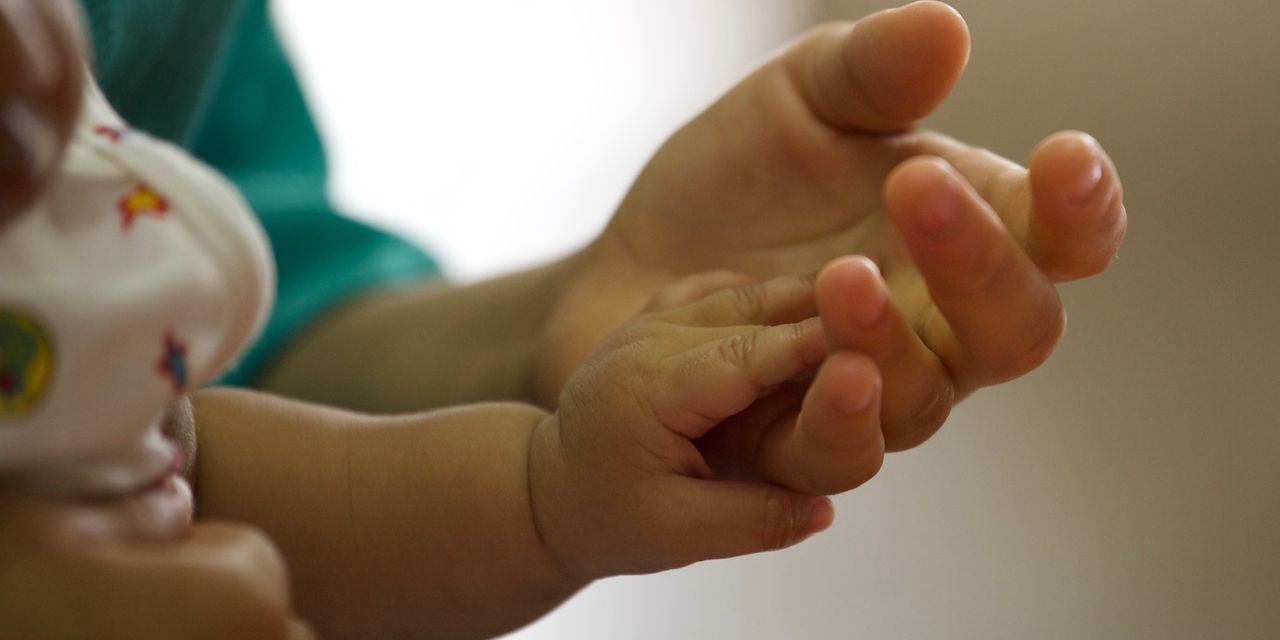
November is National Adoption Month, and Tuesday marked the seventh annual World Adoption Day, both aimed at bringing attention to those affected by adoption — whether it be a mother who gave up a child, a family on an adoption waiting list or an adoptee.
People celebrated the day by posting photos of their hands with a smiley face drawn on it, sharing their stories and showing support for those within the community.
But adoption in the U.S. has been steadily declining over the last several years, and the COVID-19 pandemic has only exacerbated the trend.
According to a report from the National Council for Adoption, the number of adoptions in the U.S. fell from 133,737 in 2007 to 110,373 in 2014, a 17% drop.
Intercountry adoptions peaked in 2004 at a high of 22,986 adoptions, according to State Department data. The rate has dropped off steadily since then.
“The decline has been driven by a significant drop in adoptions from the five countries where most adoptees are born.”
The decline has been driven by a significant drop in adoptions from the five countries where most adoptees are born: China, Russia, Guatemala, South Korea and Ethiopia. All five countries have revised their adoption policies in the last several years, making it more challenging for American families to adopt.
China accounts for the most adoptions of all countries on record, with 82,658 of the total 280,367 international adoptions from the years between 1999 and 2019. The number of adoptions have dropped significantly, from a high of 7,903 in 2005 to only 819 in 2019.
In 2019, the last pre-pandemic year, U.S. families adopted 2,971 children from other countries. In 2020, there were only 1,622 intercountry adoptions — a 45% drop from the year before and a nearly 93% decline from the peak.
“Travel restrictions made it impossible for families to unite with adoptees. Closures of government offices and courts also hurt.”
The State Department said in a report that the drop in 2020 can be largely attributed to the impact of the pandemic. Travel restrictions made it impossible for families to unite with adoptees. Closures of government offices and courts made it challenging, if not impossible, for adoptive families to file necessary paperwork in countries of origin, therefore stalling what can be an already lengthy, multi-year process.
On top of that, adoptions can be expensive, and international ones even more so.
A domestic private adoption can run anywhere from $20,000 to $45,000, according to the Child Welfare Information Gateway, a congressionally-mandated information service from the U.S. Children’s Bureau, the Administration for Children and Families, and the Department of Health and Human Services. And intercountry adoptions can cost anywhere from $20,000 to $50,000.
Adopting a child from foster care, however, can cost very little due to state and federal subsidy programs.
As for domestic adoptions, an analysis by the Associated Press showed that the pandemic prolonged foster-care stays for thousands of children in 2020. Reunifications with families dropped by 16%, while adoptions from foster care fell by 23%.









